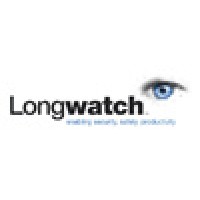
Quantum Flow Technologies
Quantum Flow Technologies is a distributor of process flow products. With focus on dehydration, separation, purification and fluid transfer for various industries, we provide our customers with exceptional process solutions and service. Headquartered in the USA, Quantum Flow Technologies has established supplier-partner teams dedicated to meeting the unique requirements of our customers and providing the highest level of customer service and support. Quantum Flow Technologies maintains direct contact with manufacturers in North America and overseas on a daily basis. Quality and consistency are at the top of our list when meeting standards and expectations. With over 60 years of experience in process filtration, fluid management and global logistics, we have established a proven track record of satisfaction with our customers. We incorporate superior process technology with “hands on” management to meet your needs anywhere in the world. Industries served include pharmaceutical, food & beverage, inkjet/digital printing, coating & plating, industrial airflow systems and many more applications. Through product and service we look forward to becoming a valued asset to your organization.






